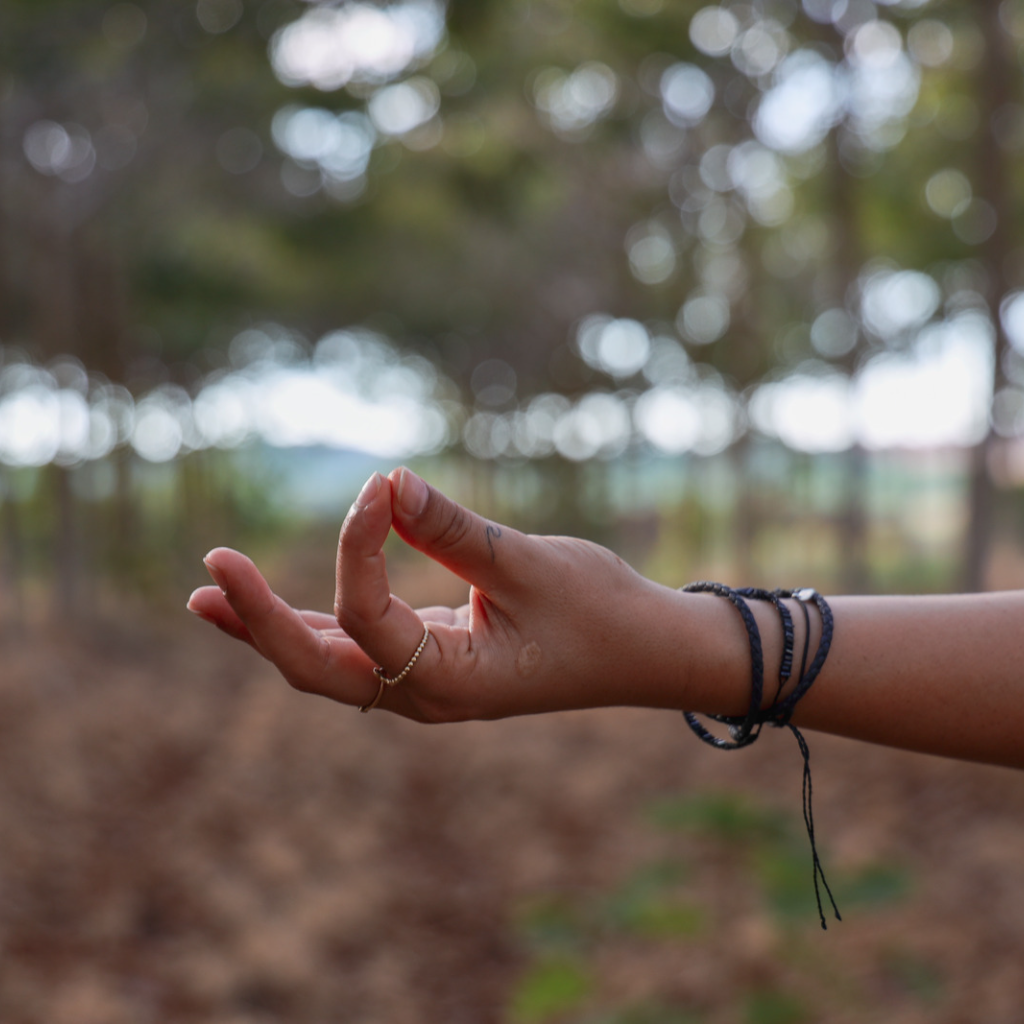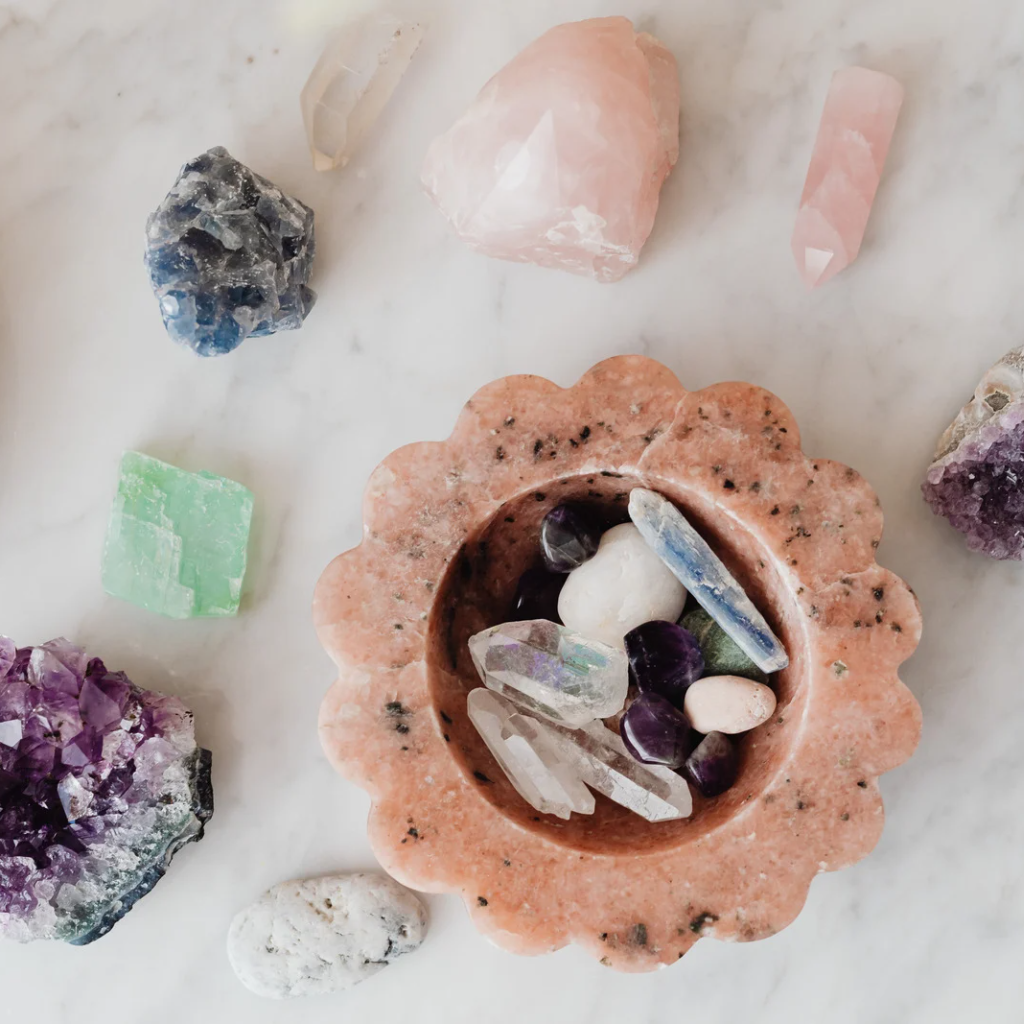What Is Ashtanga Yoga?
 Ashtanga Yoga, also known as Ashtanga Vinyasa Yoga, is a popular style of yoga that was developed by Sri K. Pattabhi Jois in the early 20th century. It is a physically demanding practice that involves synchronizing breath with a progressive series of postures, or asanas.
Ashtanga Yoga, also known as Ashtanga Vinyasa Yoga, is a popular style of yoga that was developed by Sri K. Pattabhi Jois in the early 20th century. It is a physically demanding practice that involves synchronizing breath with a progressive series of postures, or asanas.
The word "ashtanga" literally means "eight limbs" in Sanskrit, which refers to the eightfold path of yoga as outlined in the Yoga Sutras of Patanjali. The eight limbs include yama (moral codes), niyama (self-purification and study), asana (posture), pranayama (breath control), pratyahara (sense control), dharana (concentration), dhyana (meditation), and samadhi (absorption).
Ashtanga yoga is typically practiced in a structured series of poses, which are designed to increase strength, flexibility, and balance. The primary series, also known as yoga chikitsa, or yoga therapy, is a set sequence of postures that is traditionally practiced six days a week. The secondary series, also known as nadi shodhana, or nerve purification, builds upon the primary series and is typically practiced two days a week.
Ashtanga Poses Found In A Class:
The Primary Series includes the following postures:
- Sun Salutations (Surya Namaskara A and B)
- Standing poses (Utthita Trikonasana, Utthita Parsvakonasana, etc.)
- Seated poses (Pashimottanasana, Janu Sirsasana, etc.)
- Backbends (Bhujangasana, Urdhva Mukha Svanasana, etc.)
- Inversions (Sirsasana, Sarvangasana, etc.)
- Closing sequence (Padmasana, Utpluthih, etc.)
The Secondary Series includes the following postures:
- Intermediate Series Sun Salutations (Surya Namaskara C and D)
- Backbends (Ustrasana, Kapotasana, etc.)
- Inversions (Pincha Mayurasana, Vrschikasana, etc.)
- Arm Balances (Bakasana, Parsva Bakasana, etc.)
- Finishing sequence (Supta Padangusthasana, Savasana, etc.)
How To Practice Ashtanga
Ashtanga yoga is typically practiced in a Mysore-style class, which is a self-led, instructor-assisted class. Students practice at their own pace, with the teacher providing individual adjustments and modifications as needed. The teacher may also introduce new postures and variations as the student progresses in their practice.
It is recommended that students have some experience with yoga before beginning an Ashtanga practice, as it can be physically demanding. However, modifications can be made to accommodate different levels of experience and ability.
When And Why You Should Practice Ashtanga
Ashtanga yoga can be practiced at any time of day, but is traditionally practiced early in the morning before breakfast. The practice is designed to create heat in the body and generate internal energy, which can help to improve overall health and well-being.
Ashtanga yoga is a great option for those looking for a challenging, structured yoga practice that emphasizes breath and movement. The practice can help to improve strength, flexibility, and balance, and can also help to reduce stress and improve mental clarity.
Overall, Ashtanga yoga is a powerful and transformative practice that can help to cultivate physical and mental resilience, as well as a deeper connection to oneself and the world around us.
Getting Started With Ashtanga
If you are interested in trying Ashtanga yoga, it is recommended that you find a qualified teacher who can guide you through the practice. Look for a Mysore-style class or an led class, depending on your preference and experience level.
In a Mysore-style class, you will receive individual attention and guidance from the teacher, which can be helpful for beginners. The teacher will assist you in learning the sequence and making modifications as needed to accommodate your abilities.
In an led class, the teacher will lead the class through the sequence of postures, which can be helpful for beginners who are still learning the sequence.
If you are new to yoga or have limited experience, it may be helpful to start with a beginner-friendly yoga class before diving into Ashtanga. This will help you to become familiar with basic yoga postures and breathing techniques, which will make it easier to transition into an Ashtanga practice.
Is Ashtanga Beginner Friendly?
Ashtanga yoga can be challenging for beginners, but it is also a highly accessible practice that can be modified to accommodate different levels of experience and ability. The practice is designed to be progressive, meaning that you will gradually build strength, flexibility, and endurance over time.
In a Mysore-style class, the teacher will provide individual adjustments and modifications as needed to help you find the right variation of each posture for your body. You can also work with the teacher to develop a personalized practice that meets your specific needs and goals.
Overall, Ashtanga yoga can be a highly rewarding practice for beginners who are willing to commit to a regular practice and work with a qualified teacher. With dedication and patience, you can gradually build strength, flexibility, and balance, and experience the many benefits of this powerful and transformative practice.


Leave a comment